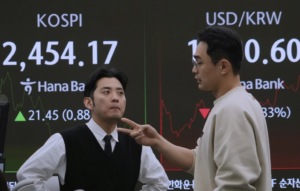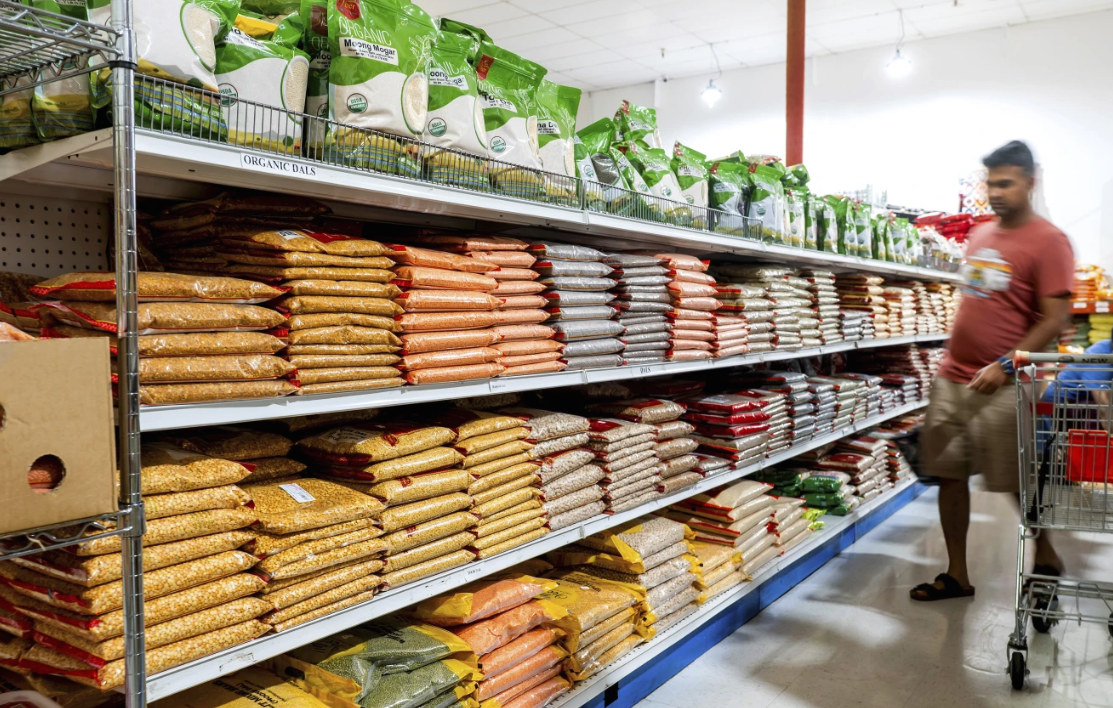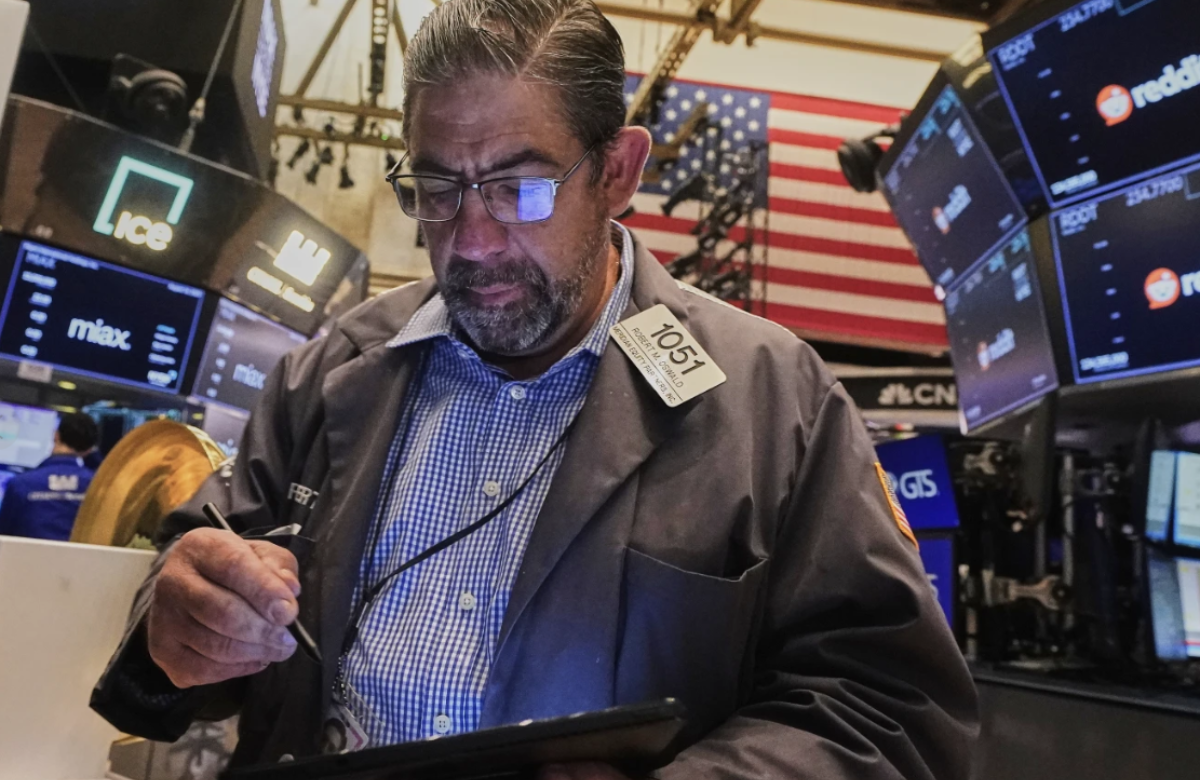Inflation eased in March, offering a brief reprieve before the bulk of President Donald Trump’s tariffs took effect. At the same time, consumer spending saw a notable rise, especially on automobiles—likely as buyers rushed to beat impending price hikes tied to the new import duties.
According to new data from the Commerce Department, consumer prices in March were 2.3% higher than a year earlier, down from 2.7% in February. Core prices, which exclude food and energy due to their volatility, rose 2.6% year-over-year, also lower than February’s 3%. Economists often look to core inflation for a clearer view of longer-term price trends.
However, many expect this slowdown in inflation to be short-lived. The tariffs introduced by the Trump administration are anticipated to increase costs across a wide range of products in the coming months. Harry Chambers, an assistant economist at Capital Economics, projected that core inflation could rise to nearly 4% by year-end, driven by stronger increases in goods prices.
In the same report, consumer spending rose by 0.7% from February to March—a healthy uptick. A significant portion of that increase came from a surge in auto purchases, which jumped 8.1% in March. The spike likely reflects consumers’ efforts to buy vehicles before a 25% tariff on imported cars took effect on April 3. This front-loading of purchases suggests auto sales could taper off in the coming months.
Spending on restaurants and hotels also rebounded after falling in February, indicating that Americans are still willing to spend on leisure and travel despite growing concerns about the economy. While consumer confidence surveys have shown a steady decline recently, actual spending habits haven’t yet mirrored that pessimism.
Earlier in the day, government figures showed overall consumer spending had slowed in the first quarter compared to the previous quarter, largely due to poor weather and a natural cooling-off period following strong holiday spending. The broader economy contracted 0.3% in the January–March period, as businesses ramped up imports to get ahead of the tariff schedule.
Trump’s electoral success last year was driven in part by widespread frustration over surging prices, which have risen by roughly 25% since 2021. Grocery prices alone climbed nearly 30%. During the campaign, Trump pledged to quickly bring prices down if elected. Since then, however, his administration has implemented steep tariffs: 25% on steel, aluminum, and cars, 10% on most other imports, and an especially sharp 145% duty on goods from China—America’s third-largest trading partner.
The Federal Reserve, which targets 2% inflation, closely monitors the personal consumption expenditures (PCE) price index—the same gauge highlighted in Wednesday’s report. A separate inflation measure, the consumer price index (CPI), was released earlier and also showed a steady decline.
Nonetheless, inflation figures for January and February were revised upward, suggesting that price increases in the first quarter were stronger than initially thought. That upward revision may make Fed officials cautious about lowering interest rates anytime soon, particularly as the effects of tariffs are still unfolding.
Trump has been urging the Fed to cut its key interest rate, citing signs of easing inflation. But Fed Chair Jerome Powell has emphasized a wait-and-see approach, signaling that the central bank will likely keep rates unchanged at its upcoming meeting as it evaluates the full economic impact of the tariffs.














